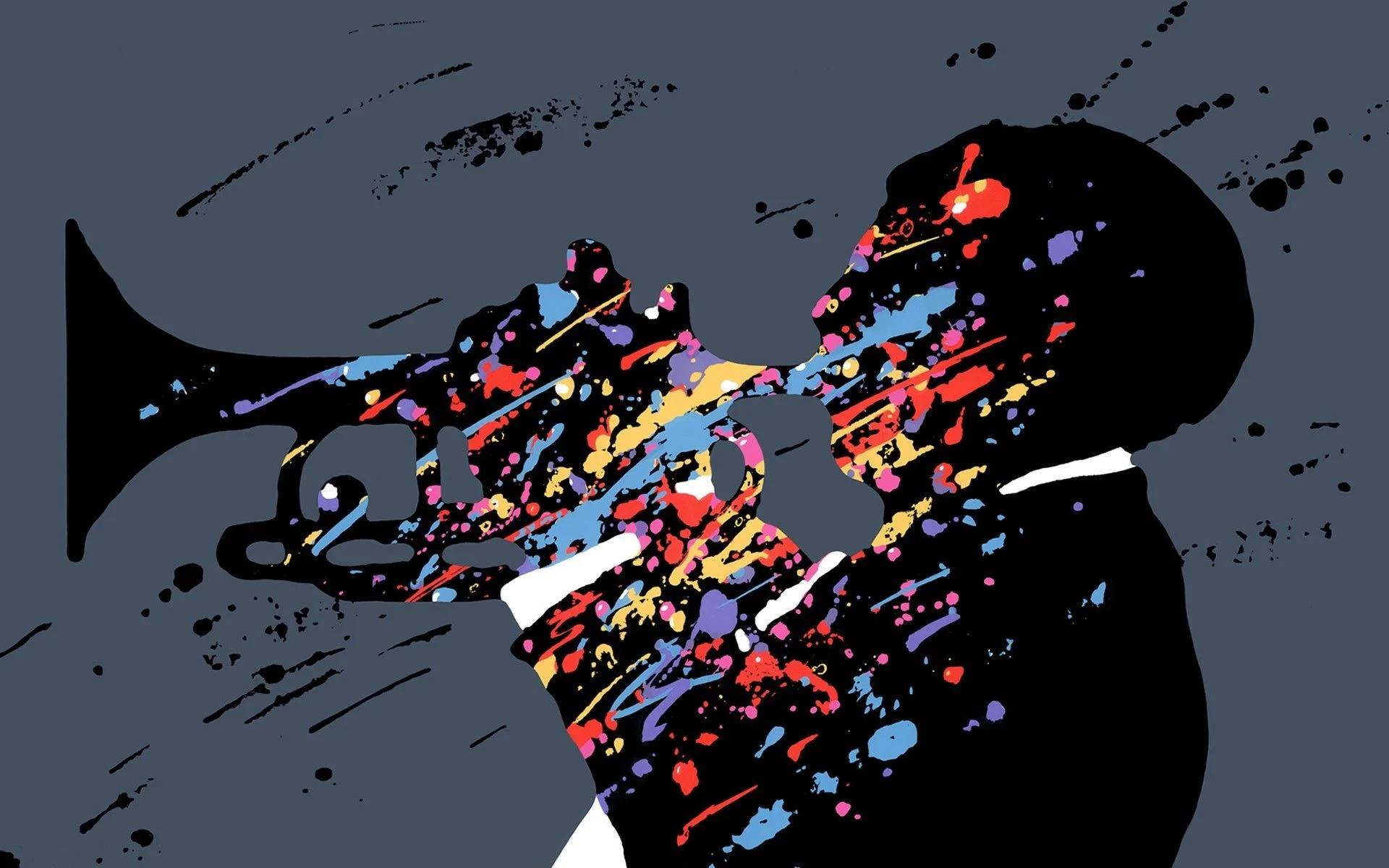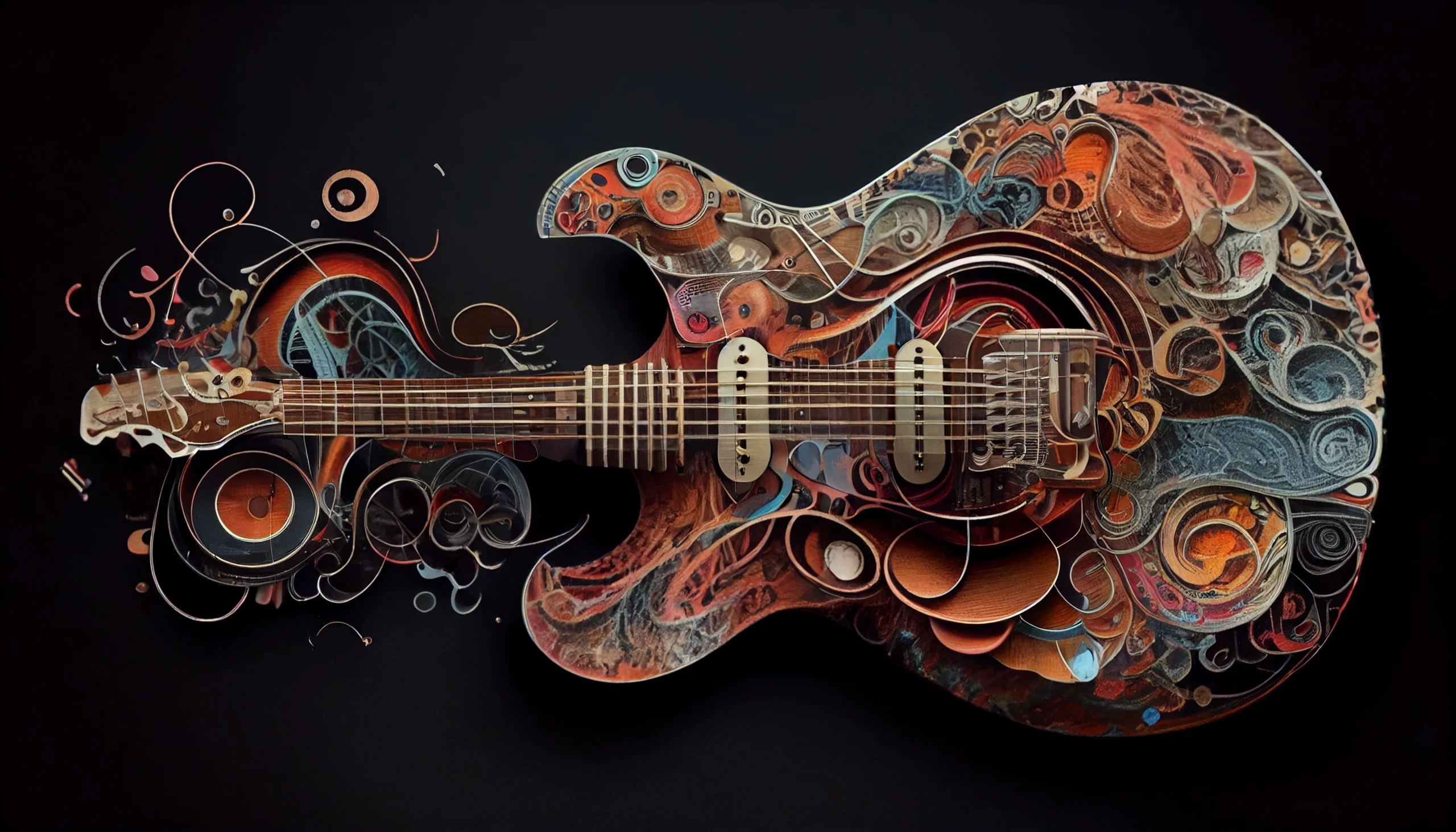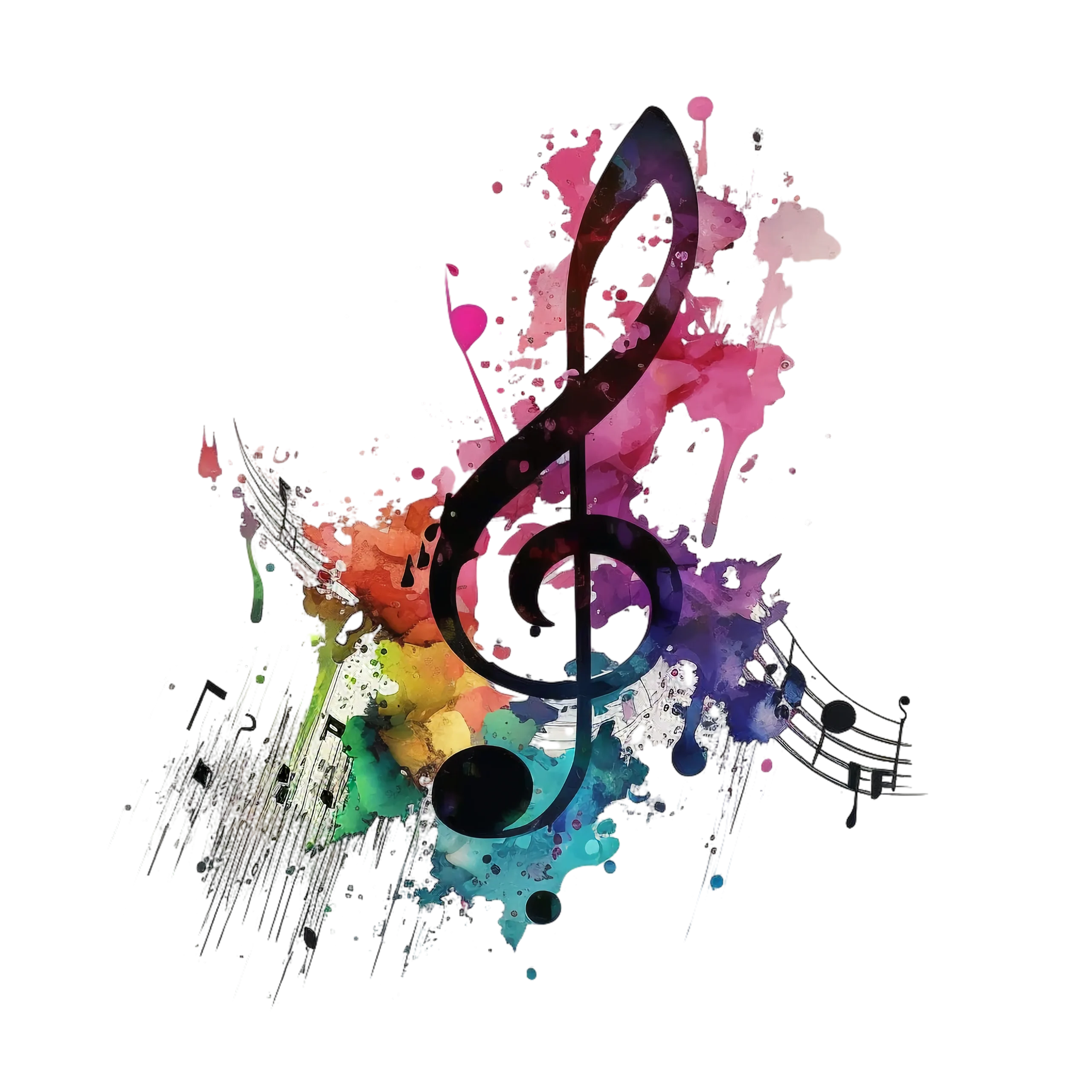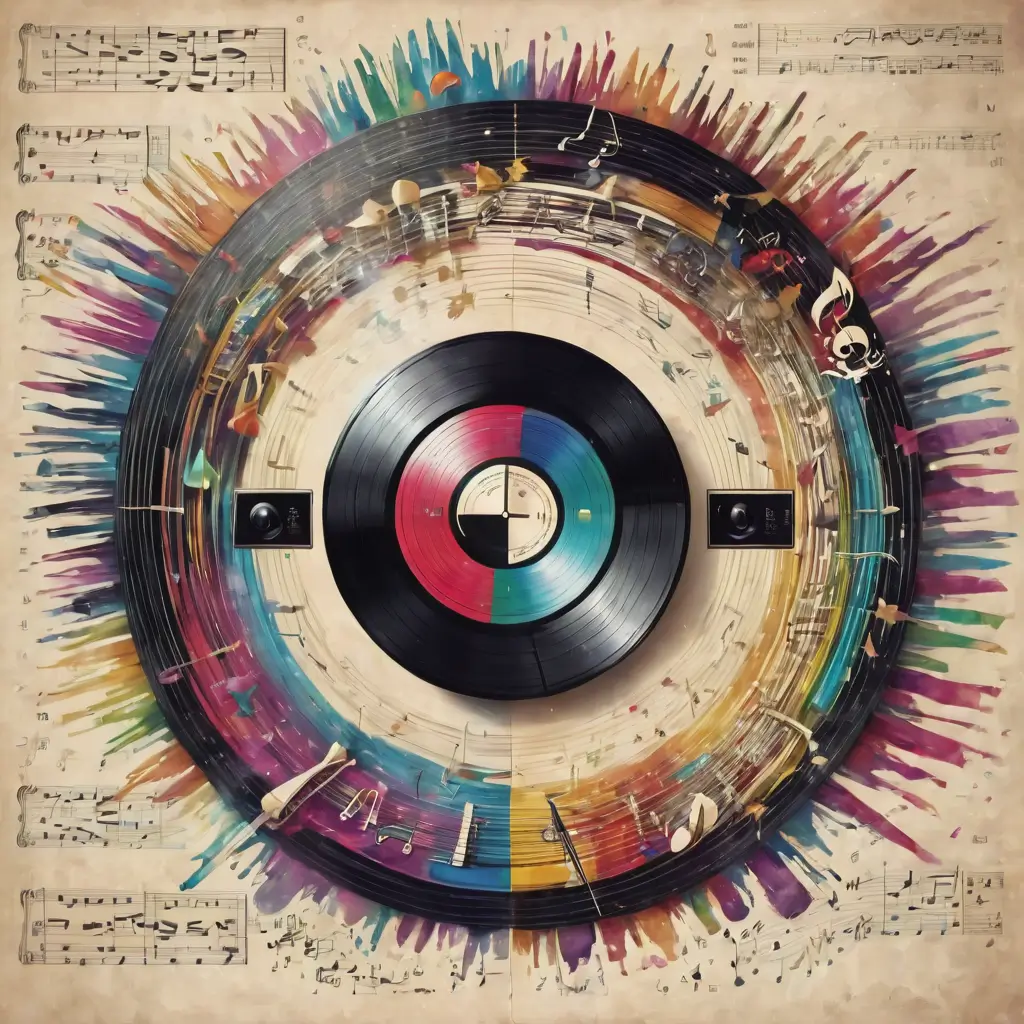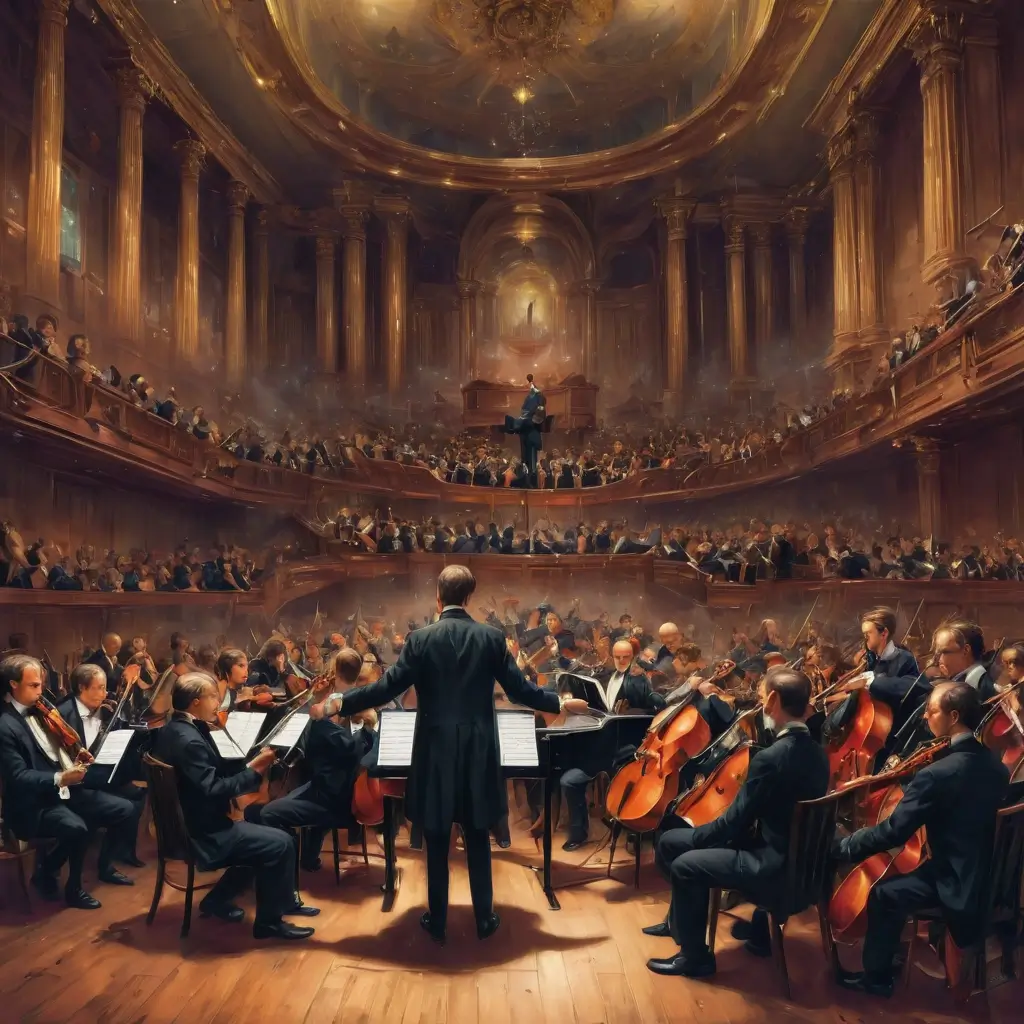Jazz music, with its rich history and diverse influences, stands as a testament to the creative spirit of humanity. From its humble beginnings in the late 19th century to its status as a global cultural phenomenon, jazz has captivated audiences with its improvisational flair, rhythmic complexity, and emotional depth. In this article, we delve into the origins, evolution, and enduring appeal of jazz music.
Origins and Early Development
Jazz music emerged in the late 19th and early 20th centuries in the culturally diverse city of New Orleans, Louisiana. This vibrant port city was a melting pot of cultures, including African, European, Caribbean, and Creole influences. Against this backdrop, a unique musical fusion began to take shape, blending elements of African rhythms, European harmonies, and American folk music traditions.
One of the key precursors to jazz was the African American musical tradition, which encompassed spirituals, work songs, field hollers, and the blues. These musical forms were rooted in the experiences of African Americans, expressing their struggles, joys, and aspirations. The rhythmic complexity and emotional depth of these traditions laid the foundation for the rhythmic vitality and expressiveness that would characterize jazz music.
Another important influence on the development of jazz was the presence of brass bands and marching bands in New Orleans. These ensembles played a diverse repertoire of music, including military marches, popular songs, and dance tunes. Musicians in these bands often engaged in improvisation, adding their own embellishments and variations to the music. This culture of improvisation would later become a central feature of jazz performance.
One of the earliest forms of jazz to emerge was ragtime, a syncopated piano style characterized by its lively rhythms and catchy melodies. Ragtime composers such as Scott Joplin and Jelly Roll Morton incorporated elements of African rhythms and European harmonic structures into their compositions, creating a distinctive sound that captured the spirit of the time.
As jazz continued to evolve, it began to incorporate elements of blues, a vocal and instrumental genre that originated in the African American community. Blues music, with its soulful melodies and expressive lyrics, provided a powerful emotional foundation for jazz improvisation. Early jazz musicians such as Buddy Bolden, King Oliver, and Louis Armstrong drew upon the blues tradition in their performances, infusing their music with a sense of passion and intensity.
In the early 20th century, New Orleans became a breeding ground for jazz experimentation, with musicians from diverse backgrounds coming together to share ideas and collaborate. Jazz performances were held in a variety of venues, including dance halls, saloons, and street parades. These informal settings provided musicians with the freedom to explore new musical ideas and techniques, leading to the development of a distinctive jazz style.
Overall, the origins and early development of jazz were shaped by a combination of cultural influences, musical traditions, and individual creativity. From its roots in the African American community of New Orleans to its emergence as a global phenomenon, jazz music has continued to evolve and adapt, reflecting the changing social, cultural, and artistic landscape of the 20th century.
The Jazz Age and the Harlem Renaissance
The Jazz Age, also known as the Roaring Twenties, was a period of cultural revolution and artistic innovation in the United States. Spanning roughly from the end of World War I to the onset of the Great Depression, the Jazz Age was characterized by economic prosperity, technological advancements, and changing social attitudes. At the heart of this transformative era was jazz music, which became the soundtrack of a generation and a symbol of modernity and freedom.
The Rise of Jazz
During the 1920s, jazz music experienced unprecedented popularity and widespread recognition. The advent of radio and phonograph recordings brought jazz into the homes of millions of Americans, while the proliferation of dance halls and speakeasies provided venues for live performances. Jazz bands and orchestras, led by iconic figures such as Louis Armstrong, Duke Ellington, and Bessie Smith, toured the country, entertaining audiences with their electrifying performances and innovative musical arrangements.
One of the defining features of jazz during this period was its infectious rhythm and energetic improvisation. Musicians drew upon a wide range of influences, including blues, ragtime, and traditional African rhythms, to create a dynamic and distinctive sound. Improvisation played a central role in jazz performance, allowing musicians to express themselves freely and spontaneously through their music.
The Harlem Renaissance
The Harlem Renaissance had a profound impact on jazz music, as it provided a fertile ground for the development and popularization of the genre. During this period, Harlem became a vibrant cultural center for African American artists, writers, musicians, and intellectuals, offering them a platform to express themselves creatively and challenge prevailing racial stereotypes.
One of the key contributions of the Harlem Renaissance to jazz was the elevation of African American music and culture to a position of prominence in American society. Harlem’s clubs and theaters, such as the Cotton Club, the Savoy Ballroom, and the Apollo Theater, became hotbeds of musical innovation, attracting both black and white audiences eager to experience the exhilarating sounds of jazz firsthand.
The Harlem Renaissance also provided opportunities for African American musicians to showcase their talents and gain recognition for their contributions to the art form. Jazz luminaries such as Duke Ellington, Louis Armstrong, Cab Calloway, and Fletcher Henderson rose to prominence during this period, achieving both critical acclaim and commercial success with their innovative musical styles and electrifying performances.
Moreover, the Harlem Renaissance fostered a spirit of collaboration and experimentation among artists from different disciplines, leading to a cross-pollination of artistic ideas and influences. Musicians, poets, writers, and visual artists drew inspiration from one another, creating a rich tapestry of artistic expression that reflected the diversity and complexity of the African American experience.
Jazz music, with its syncopated rhythms, soulful melodies, and improvisational spirit, became a symbol of cultural pride and empowerment for African Americans during the Harlem Renaissance. It provided a means of self-expression and resistance against racial oppression, allowing musicians to assert their identity and assert their place in American society.
Furthermore, the Harlem Renaissance helped to break down racial barriers in the music industry, paving the way for greater recognition and acceptance of African American artists on a national and international level. Jazz became a global phenomenon, influencing musicians and audiences around the world and shaping the course of 20th-century music.
In conclusion, the Harlem Renaissance played a pivotal role in shaping the evolution of jazz music, providing a platform for African American artists to express themselves creatively and assert their cultural identity. It helped to elevate jazz to a position of prominence in American culture and ensured its lasting legacy as one of the most important and influential musical genres of the 20th century.
Cross-Pollination of Artistic Expression
The Harlem Renaissance was characterized by a spirit of experimentation and collaboration, with artists from different disciplines coming together to exchange ideas and collaborate on creative projects. Musicians, poets, writers, and visual artists drew inspiration from one another, creating a rich tapestry of artistic expression that reflected the diversity and complexity of the African American experience.
Jazz music, with its syncopated rhythms, soulful melodies, and improvisational spirit, embodied the spirit of the Harlem Renaissance. Musicians such as Duke Ellington, Louis Armstrong, and Cab Calloway became cultural icons, their music serving as a source of pride and empowerment for African Americans across the country.
Legacy and Impact
The Jazz Age and the Harlem Renaissance left an indelible mark on American culture, transforming the way we think about music, art, and society. Jazz music, once considered a niche genre, became a mainstream phenomenon, influencing popular music styles such as swing, bebop, and eventually rock and roll.
Moreover, the Harlem Renaissance paved the way for greater recognition and acceptance of African American culture in the United States. It challenged prevailing notions of racial inferiority and stereotypes, celebrating the beauty and complexity of black identity and experience.
Swing, Bebop, and Beyond
Swing music emerged in the 1930s and reached its peak popularity during the swing era of the late 1930s and early 1940s. It was characterized by its infectious rhythm, smooth melodies, and emphasis on collective improvisation. Swing bands typically featured large ensembles with brass, woodwind, and rhythm sections, and were known for their tight arrangements and virtuosic soloists.
One of the defining features of swing music was its emphasis on rhythm and danceability. Swing bands, such as those led by Duke Ellington, Count Basie, and Benny Goodman, played with a relaxed, swinging feel that encouraged audiences to dance. The rhythm section, which typically included drums, bass, piano, and guitar, provided a solid foundation for the ensemble, while the brass and woodwind sections added color and texture to the music.
Swing music also featured a wealth of talented soloists who showcased their improvisational skills in extended solos. Trumpeters such as Louis Armstrong, Dizzy Gillespie, and Roy Eldridge, along with saxophonists like Coleman Hawkins and Lester Young, became legendary figures in the world of jazz, influencing generations of musicians with their innovative approach to improvisation.
Swing music’s popularity waned in the late 1940s with the rise of bebop and other modern jazz styles, but its impact on American music and culture remained profound. The swing era introduced jazz to a wider audience and helped to break down racial barriers, paving the way for future developments in jazz and popular music.
Bebop
Bebop emerged in the early 1940s as a reaction against the commercialization and simplification of swing music. Characterized by its fast tempos, complex harmonies, and virtuosic improvisation, bebop represented a radical departure from the conventions of swing and traditional jazz.
Bebop musicians, including Charlie Parker, Dizzy Gillespie, Thelonious Monk, and Bud Powell, sought to push the boundaries of jazz by exploring new harmonic and rhythmic possibilities. They drew inspiration from the blues, classical music, and modern art, incorporating elements of dissonance, asymmetry, and abstraction into their compositions and improvisations.
One of the hallmarks of bebop was its emphasis on individual expression and creativity. Musicians engaged in rapid-fire improvisation, trading complex melodic lines and rhythmic patterns with one another in a process known as “cutting contests.” Bebop solos were often characterized by their technical virtuosity, harmonic sophistication, and emotional intensity, with musicians pushing themselves to the limits of their abilities.
Bebop also introduced new approaches to rhythm and form, including the use of irregular meters, asymmetrical phrasing, and unconventional song structures. Tunes such as Charlie Parker’s “Anthropology” and Thelonious Monk’s “Round Midnight” became standards of the bebop repertoire, showcasing the genre’s innovative approach to composition and arrangement.
While bebop initially faced resistance from mainstream audiences and critics, it soon gained acceptance within the jazz community and exerted a profound influence on the development of modern jazz. Its emphasis on improvisation, individualism, and artistic integrity laid the foundation for subsequent movements such as cool jazz, hard bop, and free jazz, ensuring its lasting legacy in the annals of jazz history.
Contemporary jazz music
Contemporary jazz music encompasses a diverse range of styles and influences, reflecting the ever-evolving nature of the genre. From traditional acoustic jazz to experimental fusion, contemporary jazz musicians continue to push the boundaries of the art form while honoring its rich tradition. Here are some key trends and notable musicians in contemporary jazz:
1. Fusion and Cross-Genre Experimentation: Contemporary jazz often incorporates elements of other musical genres such as rock, funk, hip-hop, electronic, and world music. Musicians blend different styles and influences to create innovative and eclectic sounds that defy categorization. Artists like Kamasi Washington, Robert Glasper, and Snarky Puppy are known for their genre-bending approach to jazz, incorporating elements of soul, R&B, and electronic music into their compositions.
2. Avant-Garde and Experimental Jazz: Avant-garde jazz pushes the boundaries of conventional musical structures and techniques, exploring new sonic territories and pushing the limits of improvisation. Artists such as John Zorn, The Bad Plus, and Matana Roberts are known for their adventurous and daring approach to jazz, incorporating elements of free improvisation, noise, and experimental soundscapes into their music.
3. Contemporary Jazz Vocalists: Contemporary jazz vocalists bring a fresh perspective to the genre, combining elements of jazz, pop, and soul to create unique and compelling vocal performances. Artists like Gregory Porter, Norah Jones, and Esperanza Spalding have gained widespread acclaim for their soulful vocals, innovative songwriting, and genre-blurring approach to music.
4. Jazz Fusion Bands: Fusion bands blend elements of jazz with rock, funk, and other genres to create a high-energy and dynamic sound. Bands like Snarky Puppy, Hiromi’s Sonicbloom, and GoGo Penguin are known for their virtuosic performances, intricate compositions, and electrifying live shows. They often incorporate elements of improvisation and collective interplay, creating a sense of spontaneity and excitement in their music.
5. Contemporary Jazz Guitarists: Contemporary jazz guitarists continue to push the boundaries of the instrument, exploring new techniques, tones, and styles. Artists like Pat Metheny, John Scofield, and Bill Frisell are known for their innovative approach to jazz guitar, incorporating elements of rock, blues, and world music into their playing. They often use effects pedals, looping devices, and electronic instruments to create rich and textured soundscapes.
6. Electronic and Nu-Jazz: Electronic and nu-jazz artists combine traditional jazz instrumentation with electronic beats, samples, and production techniques to create a modern and futuristic sound. Artists like Flying Lotus, Thundercat, and Bonobo blend jazz with elements of electronic music, hip-hop, and ambient soundscapes, creating a unique fusion of styles that appeals to a wide range of listeners.
They Jazz influence
While the Harlem Renaissance played a crucial role in popularizing jazz and elevating African American culture, the genre continued to gain mainstream acceptance and recognition in the decades that followed. Jazz became a staple of American popular music, influencing a wide range of genres including pop, rock, R&B, and hip-hop. Its rhythmic vitality, improvisational spirit, and emotional depth resonated with audiences around the world, leading to the global spread of jazz and its fusion with various musical traditions.
Innovations and Experimentation: Jazz musicians continued to push the boundaries of the genre, experimenting with new harmonies, rhythms, and forms. The post-war period saw the emergence of bebop, cool jazz, hard bop, modal jazz, and free jazz, each with its own distinctive characteristics and artistic innovations. Musicians such as Miles Davis, John Coltrane, Thelonious Monk, and Charles Mingus became synonymous with these new styles, pushing the genre in bold and unexpected directions.
Social and Political Commentary: Jazz music has often served as a platform for social and political commentary, addressing issues such as racial injustice, civil rights, and the struggle for equality. Artists such as Billie Holiday, Nina Simone, and Max Roach used their music to speak out against discrimination and oppression, inspiring audiences to confront social issues and advocate for change. Jazz became a voice for the marginalized and disenfranchised, giving voice to the struggles and aspirations of African Americans and other marginalized communities.
Educational and Cultural Impact: Jazz education became increasingly important in the latter half of the 20th century, with the establishment of jazz programs at universities and conservatories around the world. Jazz education not only helped to preserve and promote the legacy of jazz but also nurtured future generations of musicians, composers, and educators. Jazz festivals, workshops, and masterclasses provided opportunities for aspiring musicians to learn from established artists and immerse themselves in the rich tradition of jazz.
Continued Relevance and Resilience: Despite the changing musical landscape and the rise of new genres, jazz has remained relevant and resilient, continuing to inspire and influence musicians and audiences alike. Its timeless appeal lies in its ability to evolve and adapt to changing cultural trends while retaining its core principles of improvisation, creativity, and emotional expression. Jazz festivals, clubs, and recordings continue to attract audiences of all ages and backgrounds, ensuring that the legacy of jazz will endure for generations to come.
